Extreme cold environments preserve human remains for extended periods. Mount Everest, for instance, has over 200 preserved bodies of climbers.
The Theodul Glacier discovery in 1984 exemplifies this preservation phenomenon. Such finds provide valuable insights into historical individuals and their lifestyles.
Theodul Glacier: A Time Capsule Unveiled

A hiker discovered human remains on Theodul Glacier in 1984. The glacier, located in the Swiss Alps, spans approximately 3.8 square kilometers.
Subsequent melting revealed more of the body and associated artifacts over years. This gradual unveiling allowed for a comprehensive study of the find.
Artifacts Paint Picture of Wealthy Traveler
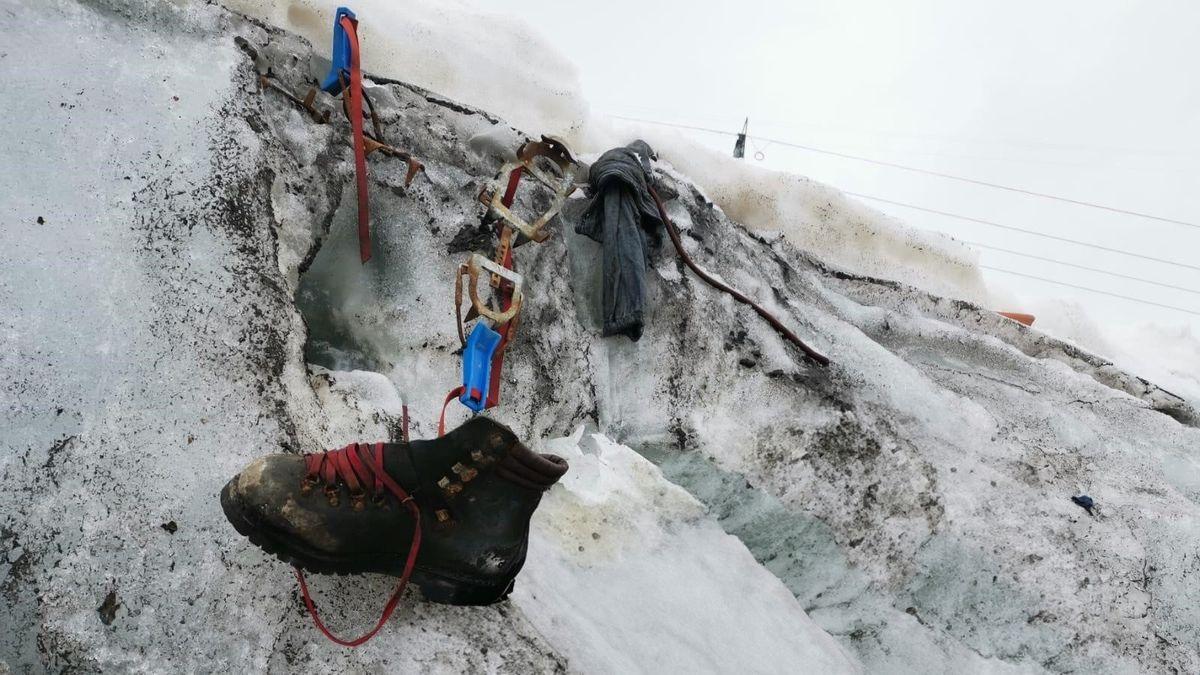
Researchers found weapons, coins, and personal items near the body. The quality and type of artifacts suggest a high-status individual from around 1600 CE.
Pierre-Yves Nicod, a curator at Valais History Museum, identified the weapons as ceremonial rather than military. This collection of items provides a snapshot of 17th-century elite material culture.
Glacial Archaeology: A Growing Field
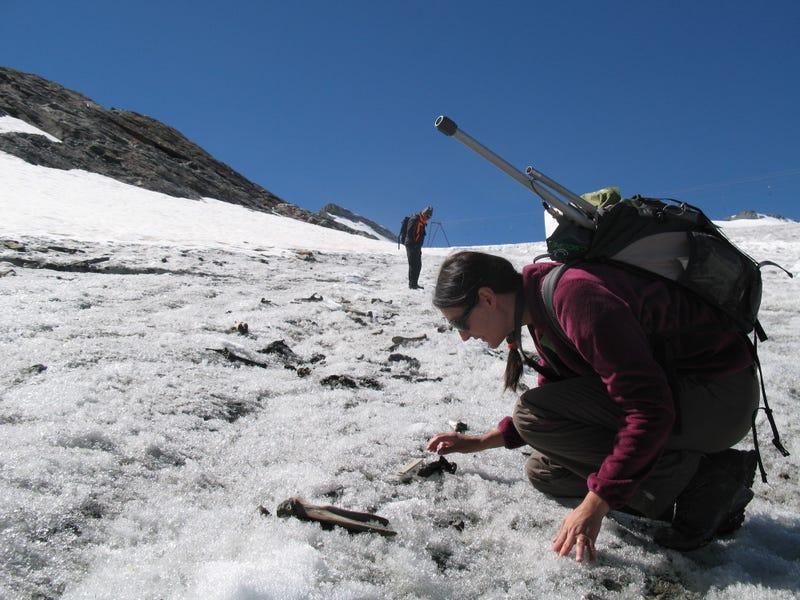
Glacial archaeology emerged as a distinct field in the 1990s. The discipline studies artifacts and remains revealed by melting ice.
Globally, glaciers have lost more than 9,000 billion tons of ice since 1961. This melting trend increases the frequency of archaeological discoveries in alpine regions.
Dating Challenges in Ice-Preserved Finds

Glacial finds often lack traditional archaeological context. Carbon dating can be inaccurate for remains less than 500 years old.
Researchers rely heavily on artifact analysis and comparative studies. Despite challenges, glacial archaeology provides unique insights into historical human activity.
Alpine Trade Routes: Historical Lifelines
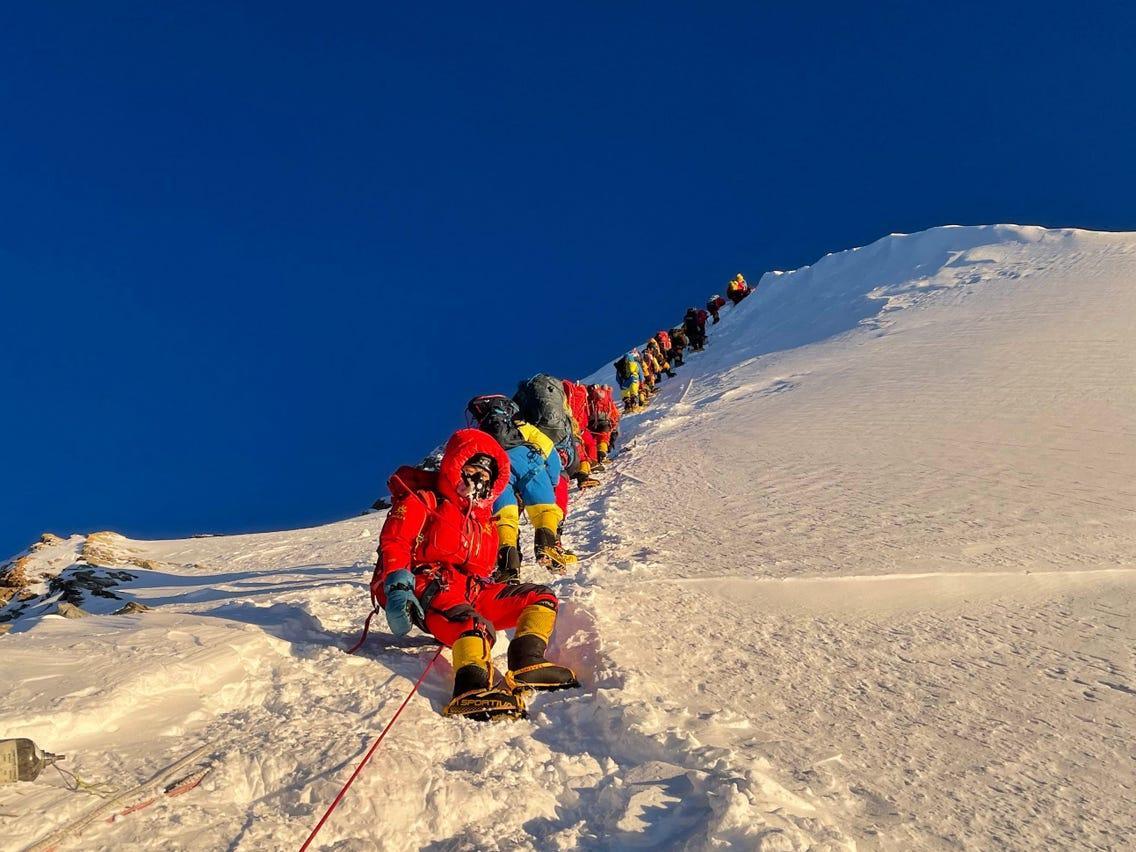
Mountain passes served as crucial trade routes for centuries. The Theodul Pass, at 3,295 meters, was a key route between Italy and Switzerland.
Merchants regularly traversed dangerous alpine terrain for commerce. These routes played a vital role in European economic and cultural exchange.
Mule Remains Corroborate Merchant Theory
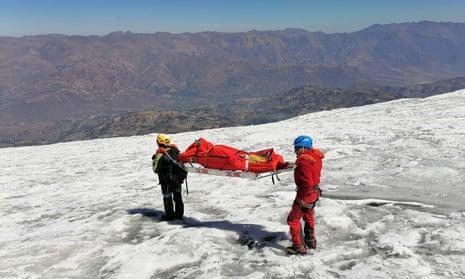
Researchers discovered remains of two mules near the traveler. Mules were common pack animals, capable of carrying up to 20% of their body weight.
Their presence supports theories about the traveler’s merchant status. This finding aligns with historical depictions of alpine merchants.
1643 Illustration: Key to Dating

A 1643 illustration provided crucial comparative data. The drawing depicts merchants climbing an Alps mountain pass.
Researchers noted similarities in clothing and equipment to the Theodul find. This comparison helped establish the traveler’s probable time period and occupation.
Swiss Alps: Archaeological Treasure Trove
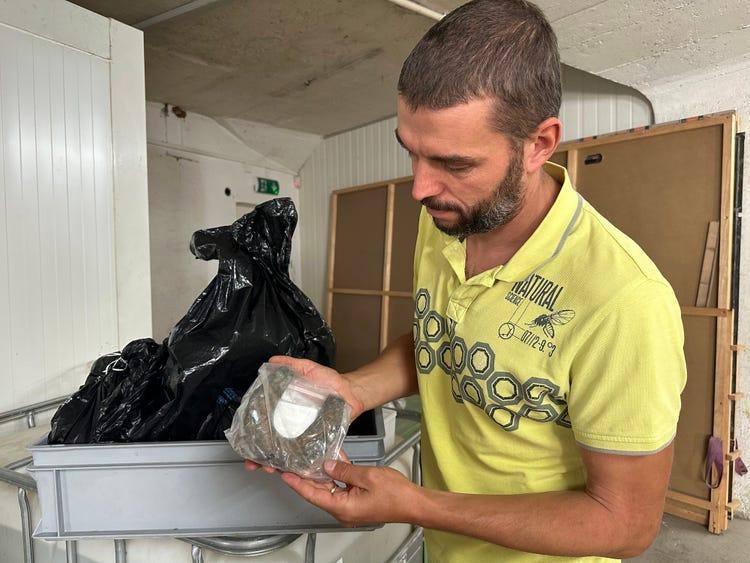
The Swiss Alps have yielded numerous significant archaeological discoveries. The region has been inhabited for over 50,000 years.
Notable finds include the Ötzi iceman, dating back to 3300 BCE. The Alps’ unique conditions preserve organic materials exceptionally well.
Climate Change Accelerates Discoveries
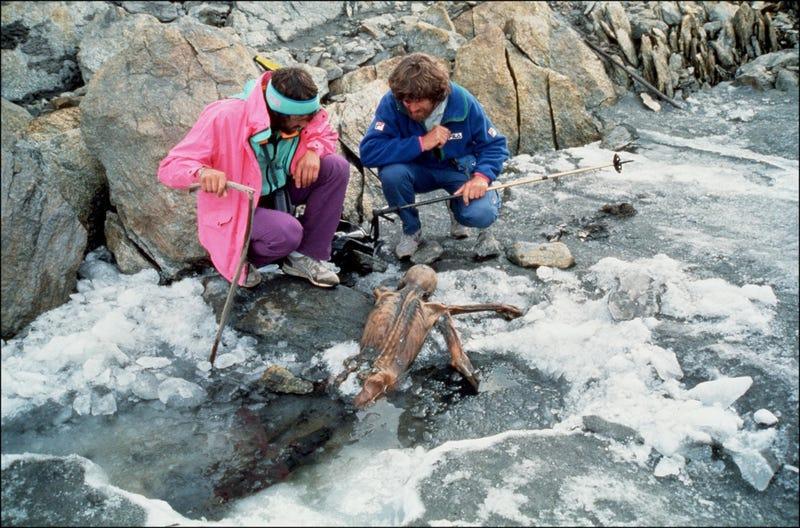
Global warming has caused Alpine glaciers to lose about 50% of their volume since 1850. This melting trend increases the frequency of archaeological discoveries.
In 2022 alone, over 1,000 archaeological objects emerged from melting Swiss ice. However, rapid melting also raises concerns about artifact preservation.

